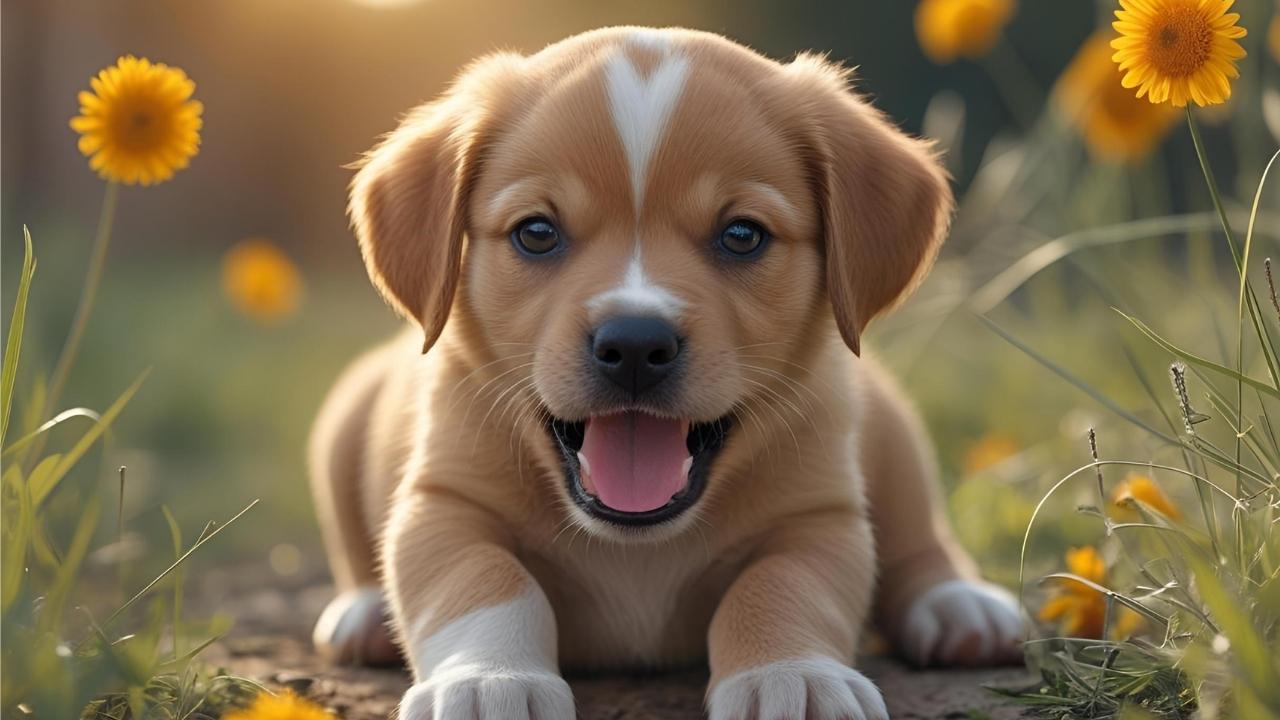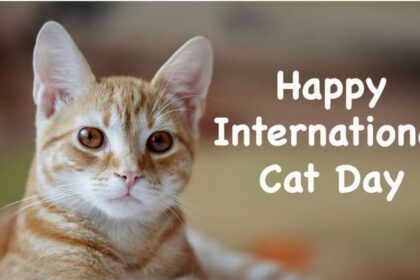Puppies explore the world with their mouths. Just like human babies, they use their teeth to understand their surroundings. Biting is part of how they play, communicate, and relieve discomfort during teething.
Here are the main reasons why puppies bite:
-
Mouthing: Gentle chewing without pressure—mostly exploratory.
-
Teething: As teeth grow in, biting relieves pain and itching.
-
Playfulness: Puppies naturally nip during play with littermates and humans.
-
Excitement or Frustration: Overstimulated pups may bite more.
Knowing why your puppy bites is the first step in gently guiding them toward better habits.
Difference Between Mouthing, Nipping, and Biting
Understanding the difference between these three behaviors helps in tailoring your response:
| Behavior | What It Means | Common in Puppies? |
|---|---|---|
| Mouthing | Gentle, non-painful chewing | Yes |
| Nipping | Quick, sharp snaps (often in play) | Yes |
| Biting | Hard, painful grip (may indicate fear or aggression) | Sometimes |
If the bite is drawing blood or causing fear, that’s a signal to intervene early with consistent training.
When Puppy Mouthing is Normal—and When It’s Not
Most puppies mouth as part of social learning. This is healthy. But if you notice these signs, it’s time to act:
-
Growling while biting
-
Frequent, hard bites during play
-
Biting when being touched or petted
-
Protective behavior around toys or food
These could be early signs of fear-based aggression, and they should be addressed early with structured training.
The Role of Puppy Teething in Biting Behavior
Puppies start teething around 3 weeks, and it continues until about 6 months old. During this time, chewing helps relieve pain.
Common teething signs include:
-
Drooling
-
Swollen gums
-
Desire to chew everything
-
Slight fever or irritability
Offer cold chew toys or soft textured chews to ease their discomfort. Frozen carrots or rubber toys work well.
How to React When Your Puppy Bites
Staying calm is key. Yelling or jerking your hand away may make your puppy more excited—or scared.
Here’s what you can do:
-
Say “ouch” in a sharp but not angry tone
-
Pause all interaction for 10–30 seconds
-
Offer a chew toy to redirect the biting
Avoid hitting or scolding. These methods harm trust and can increase biting out of fear.
Positive Reinforcement Training to Stop Biting
Reward good behavior, always.
Steps:
-
When your puppy stops biting or licks you instead, praise immediately.
-
Use small treats or toys as a reward.
-
Stay consistent—only reward the behavior you want.
This builds a clear connection: “If I don’t bite, I get something good.”
Using Bite Inhibition Techniques
Teaching bite control is key to long-term success.
Try the Yelp Method:
-
Let out a short, high-pitched “yelp” when bitten.
-
Stop play immediately.
-
Resume only when the pup is calm.
Over time, your puppy learns how hard is “too hard” and will adjust.
Redirecting Your Puppy’s Energy
If biting starts during play, your pup may be too wound up. Redirect with:
-
Chew toys
-
Rope tugs
-
Puzzle feeders
Use playtime as a chance to reinforce calm behavior.
Teaching the “No Bite” or “Gentle” Command
Here’s a step-by-step guide:
-
Say “gentle” every time your puppy starts to mouth.
-
If they bite, say “ouch” and stop.
-
When they respond well, praise and treat.
Repetition is key. Keep training short and fun—5–10 minutes at a time.
Socializing to Reduce Excessive Nipping
Social puppies bite less.
-
Introduce your puppy to other dogs in controlled environments.
-
Attend puppy kindergarten or socialization classes.
-
Allow them to learn bite control from their peers.
Dogs teach each other boundaries better than humans sometimes!
Using Time-Outs the Right Way
Time-outs should not feel like punishment. It’s a reset button.
Steps:
-
Calmly place your puppy in a quiet area (e.g., a pen or safe room).
-
Leave for 30 seconds to 2 minutes.
-
Return only when your puppy is calm.
Do not make it a big event—just quietly remove attention.
Avoiding Common Mistakes Owners Make
Avoid these habits:
-
Roughhousing with your hands
-
Inconsistency in training responses
-
Yelling or punishment
These can confuse or frighten your puppy, leading to more biting, not less.
How to Prevent Play Biting with Children
Young kids often excite puppies unintentionally.
Tips:
-
Always supervise puppy–child interaction.
-
Teach kids not to run or scream near puppies.
-
Give your puppy a space to escape.
Create “quiet zones” where the puppy can rest undisturbed.
Natural Aids to Soothe Teething Pain
Try these natural aids:
-
Frozen washcloths (wet, then freeze)
-
Rubber teething toys
-
Soft veggie treats (like chilled cucumbers)
Always supervise your pup with new items to prevent choking.
When to Seek Help from a Professional Trainer
Call a trainer if:
-
Biting becomes worse over time
-
Your puppy growls or lunges
-
Biting happens around food or toys
Look for trainers with positive reinforcement credentials, like CPDT-KA or Fear-Free Certified Professionals.
(FAQs)
Is puppy biting a sign of aggression?
Not usually. Most puppy biting is playful. But if it’s intense or fearful, consult a trainer.
What age do puppies stop biting?
Most puppies stop by 6–7 months with proper training.
Can I use bitter sprays to stop biting?
Yes, but only as a backup method. Training works better long term.
How do I stop my puppy from biting my hands and feet?
Redirect to chew toys. Don’t encourage chasing games with hands or feet.
Should I allow my puppy to mouth me at all?
Gentle mouthing is okay early on, but teach boundaries quickly.
Is crate training useful in stopping biting?
Yes, crates offer rest time which helps lower excitement-based biting.
Final Thoughts on Stopping Puppy Biting
Stopping your puppy from biting takes patience, consistency, and gentle guidance. Remember, your puppy isn’t being bad—they’re learning how to live in your world. Stay calm, use positive reinforcement, and build trust.
If you’re struggling, don’t hesitate to ask for professional help. Your future well-behaved dog will thank you for the effort you’re putting in today.








